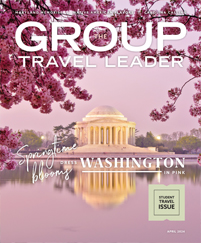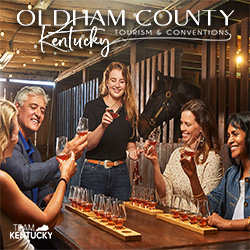This month, we conclude our four-part series on America’s parklands.
Several of the most famous and most heavily visited national parks are in the Southwest, which we are defining as Kansas, West Texas and the states due west of them: Colorado, New Mexico, Utah, Arizona, Nevada and California, as well as America’s island outposts in the Pacific Ocean.
Among these great parks are Rocky Mountain in Colorado, Bryce Canyon and Zion in Utah, Grand Canyon in Arizona and Yosemite in California, all of which have experienced overcrowding problems this centennial year. Interestingly, Yosemite became a national park in 1890, well before the Grand Canyon. A number of private investors wanted to develop the canyon, which delayed its designation as a national park. It received Congressional approval in 1919, making it 17th on a list of national parks that now numbers 59.
In these Southwestern states, there are also other outstanding but somewhat less-well-known national parks. Mesa Verde in Colorado, site of spectacular ancient cliff dwellings, was the first site in the world to protect historic cultural resources when it was created in 1906. Others include Big Bend and Guadalupe Mountains in Texas; Arches and Canyonlands in Utah; and three in California: Death Valley, Sequoia and Kings, the latter of which was named General Grant when the two now-connected parks were established in 1890. Both Hawaii Volcanoes and Haleakalā originally joined in Hawaii National Park when it was created in 1916, long before the islands became our 50th state.
Of course, there are national parks that attract fewer visitors despite offering major scenic delights: Great Sand Dunes and Black Canyon of the Gunnison in Colorado; Carlsbad Caverns in New Mexico; Capitol Reef in Utah; Petrified Forest and Saguaro in Arizona; Great Basin in Nevada; Joshua Tree, Channel Islands and Lassen Volcanic in California; and the National Park of American Samoa. Pinnacles in California, a national monument since 1910, became our newest national park in early 2013. Like a number of significant national monuments, it was upgraded to national park status. Both Pinnacles and Kings Canyon are recognized as being extraordinary hiking parks.
The Southwest is also filled with an incredible range of national monuments and National Historic Sites, too many to list. Theodore Roosevelt played a major role in founding the collection when he added 18 national monuments under the Antiquities Act of 1906. Magnificent scenery is now protected in such places as Dinosaur in Colorado; White Sands and El Malpais in New Mexico; Cedar Breaks, Natural Bridges and Timpanogos Cave in Utah; Organ Pipe Cactus and Chiricahua in Arizona; and Devil’s Postpile, Castle Mountains, Muir Woods and Lava Beds in California.
Many other units of the National Park Service showcase the people who played significant roles in the population and development of the American Southwest. Primary among them are the native tribes at Chaco Culture, Aztec Ruins, Bandelier and Pecos in New Mexico; Hovenweep in Utah; and Canyon de Chelly, Wupatki, Montezuma Castle and Tuzigoot in Arizona. Native Hawaiian culture is celebrated at three sites on the Big Island, all with names almost impossible for non-Hawaiians like me to spell and remember!










